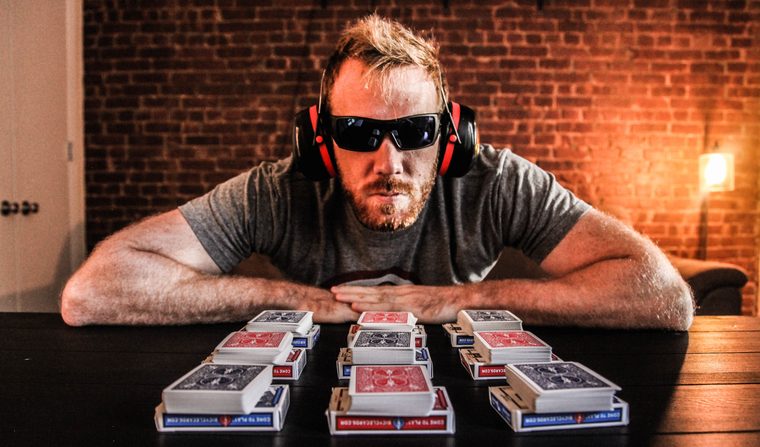
It takes practice to become a memory champ
After watching the sad decline of his grandmother’s memory as she suffered from Alzheimer’s disease, Nelson Dellis decided to channel his frustration into positive action and train his own brain in an effort to keep it healthy. “I didn’t know what that meant, per se, but after discovering the USA Memory Championship, a light-bulb went off in my head and I said to myself, That’s it! I’m going to win that thing!” To get there, he studied techniques used by past memory champions and started coming up with his own as well. Along the way, he used his memorization skills to impress potential employers: He memorized the entire menu at a restaurant where he wanted to wait tables, and once he got the job, he remembered the names of all his regular customers. He went on to win four USA Memory Championships. Find out the everyday habits of people with impressive memories.
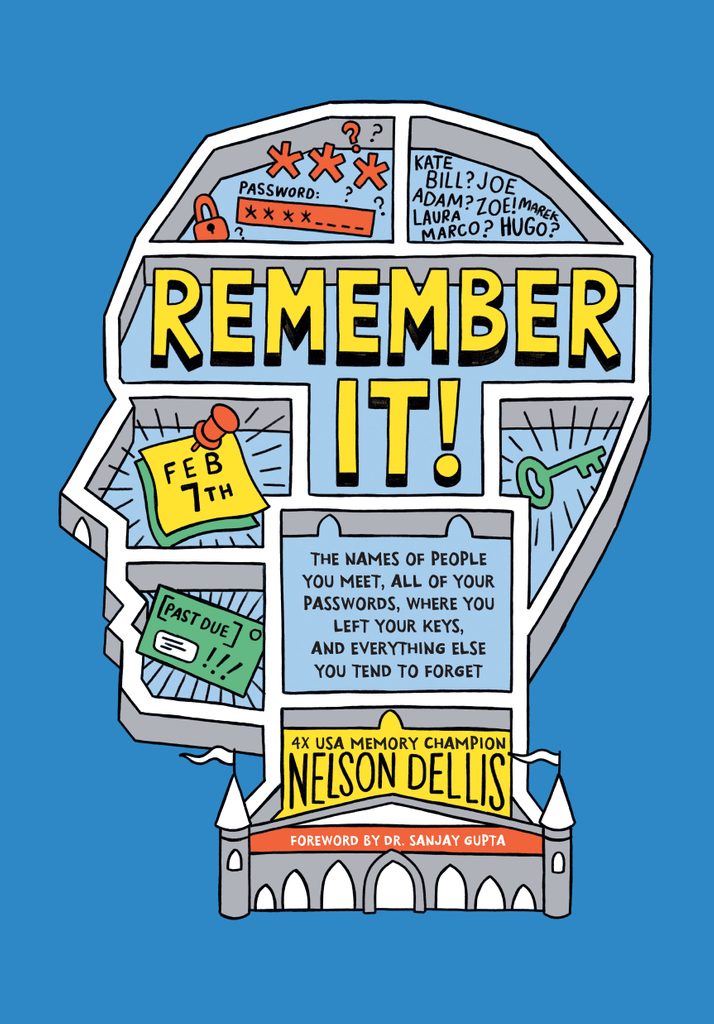
Read the book
Dellis, who is also a mountain climber, founded a non-profit called Climb for Memory that raises funds for Alzheimer’s disease awareness and research. His outreach efforts include sharing his brain-training techniques with people who aren’t competing for championships but just want to be able to find our keys in the morning (and maybe get some extra tips by remembering our the names of people we just met). His book, Remember It!, was released in September 2018—it details his simplified methods for remembering everything you hate forgetting: “I use it to remember all the names of people I meet, all my to-do lists, important numbers and passwords I need on a daily basis, and sometimes even just random trivia to impress people,” Dellis says. “Imagine a life where you know, with near complete certainty, that information that you want to remember will be there when you need it. It’s almost like a superpower.”
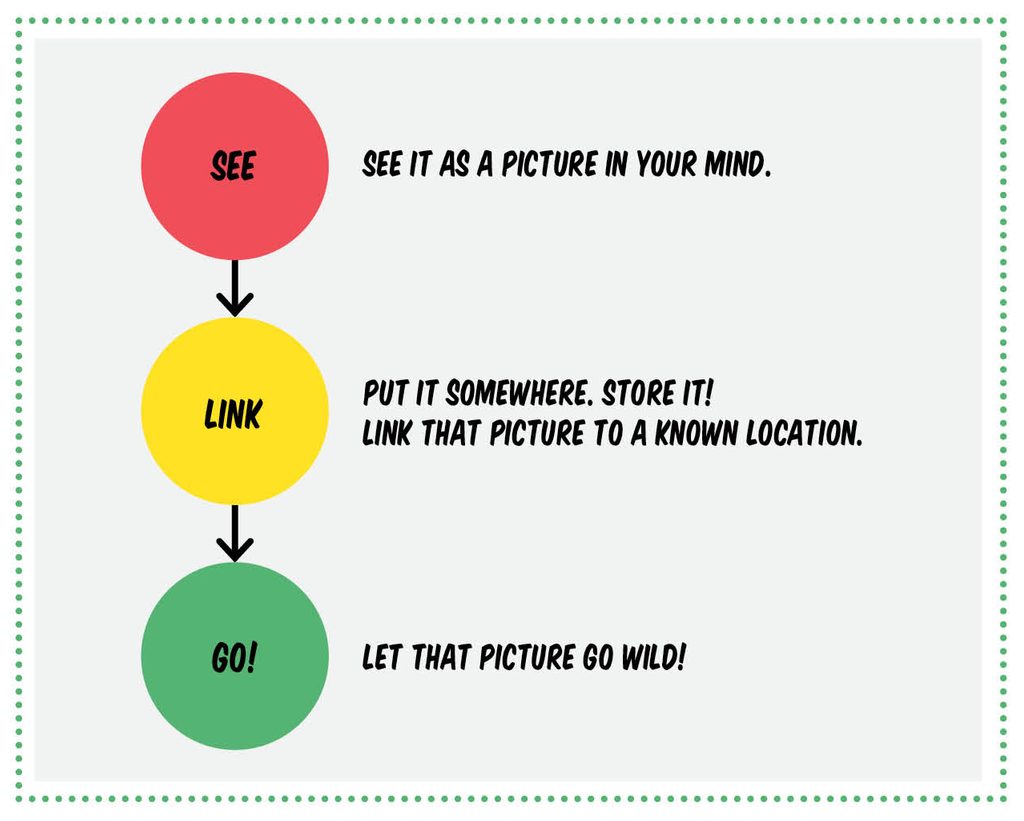
See—Link—Go
Many of Dellis’s strategies for remembering things can be summed up as this three-step process. Here’s how he describes it in its most basic terms: “SEE the information (come up with a mental image). LINK the image to a location, then GO (make that connection over-the-top memorable by making it silly, funny, crazy, etc.).” Here are more easy memory tricks you’ll never forget.
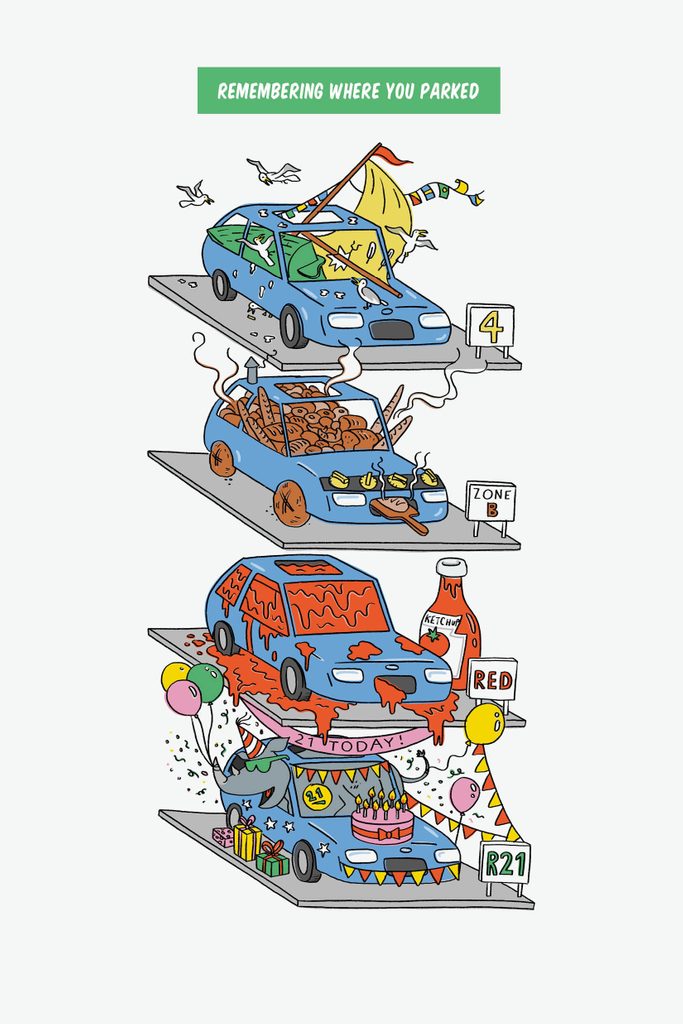
Remember where you parked
For example, if you leave your car in a big parking garage, you’ll need to remember which level to come back to. If it’s level 4, Dellis says to turn that number into an image—SEE a sailboat, which will remind you of the way the numeral 4 looks. Next, you have to LINK the sailboat to a mental image of your car, which Dellis does by imagining a sailboat stuffed inside of his car, sticking out the top and windows. The final step, GO, is where you make the funny mental image really stick in your head by adding nonsensical, gross, and animated details to it. Dellis imagines saltwater pouring off the boat into the car’s interior, and seagulls flying around, leaving feathers and bird poop all over.
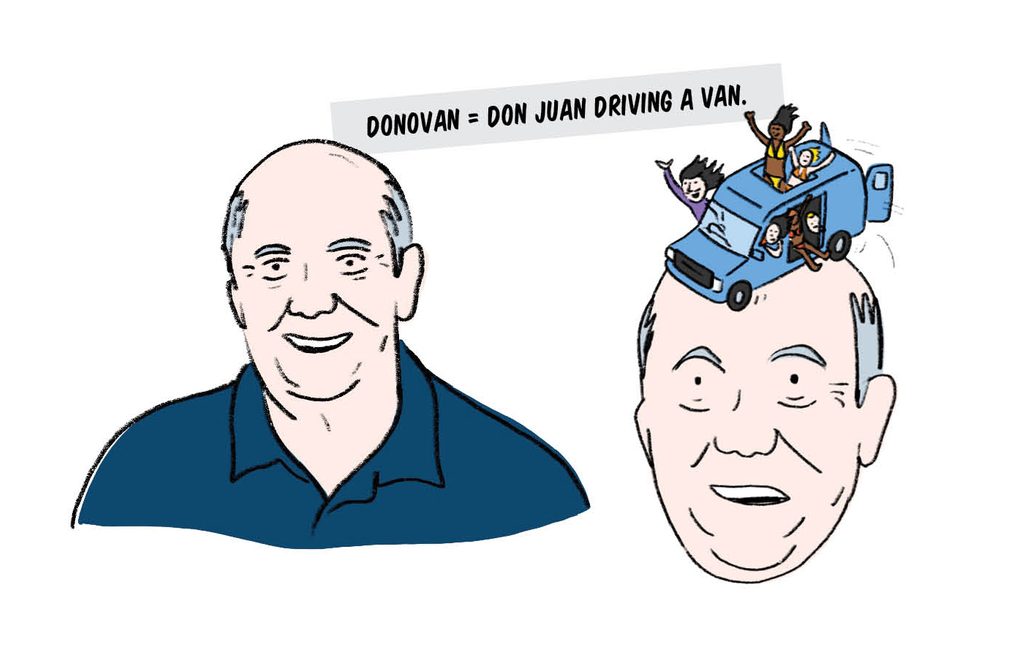
Names
The technique for remembering people’s names is similar, Dellis says. He SEES a picture that relates to the person’s name—if it’s Brian, he might imagine a brain, and if it’s Liz, a lizard. “If the name reminds me of someone or something, then there’s my image,” he says. “If it’s a name that draws a blank, I try to break the name down into smaller syllables and see if any of those remind me of something (it always does).” In his book, Dellis uses the example of Donovan, which he would mentally break down into a picture of Don Juan driving a van. He chooses a distinguishing feature on the person’s face (“a mole, big ears, hairdo, etc.,” he says) and then LINKS the funny mental picture to that feature. If Donovan has a smooth bald head, Dellis imagines Don Juan’s van on top of it. The last step, GO, is where he adds extra silliness and action to the mental image so it will stick—in this example, Don Juan’s van is filled with women and is driving all over the bald pate. Here are more memory tricks to help you never forget a name again.
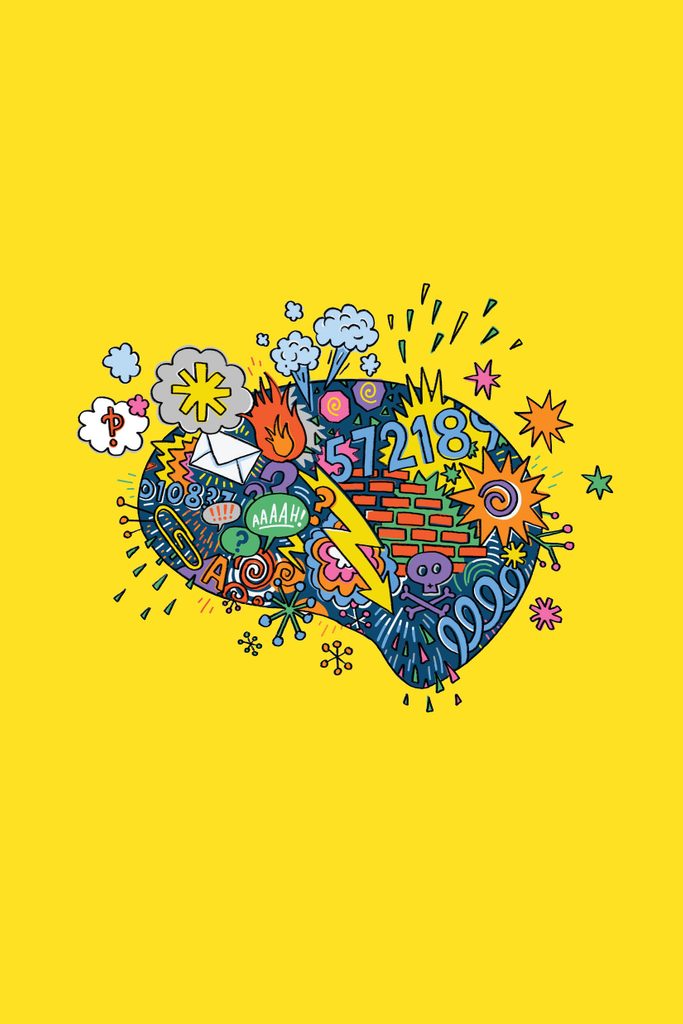
Remember what you came into a different room for
Dellis admits that even he sometimes forgets things his wife tells him. “But that isn’t a memory issue, that’s an attention thing,” he says. A similar problem is at play when we open the refrigerator or walk to the basement and then forget what we were looking for. The most important way to avoid such problems, Dellis says, is to pay attention in the moment and try not to get distracted from the item or task in our short-term memory bank. But his book has a suggestion for when we lapse: Go back to where you were when you first thought of getting the mystery item. He cites a 2011 study called “Walking through doorways causes forgetting,” which finds that, well, walking into another room makes you more likely to forget what you were thinking about in the previous room. Here are 13 memory-boosting tips from brain scientists.
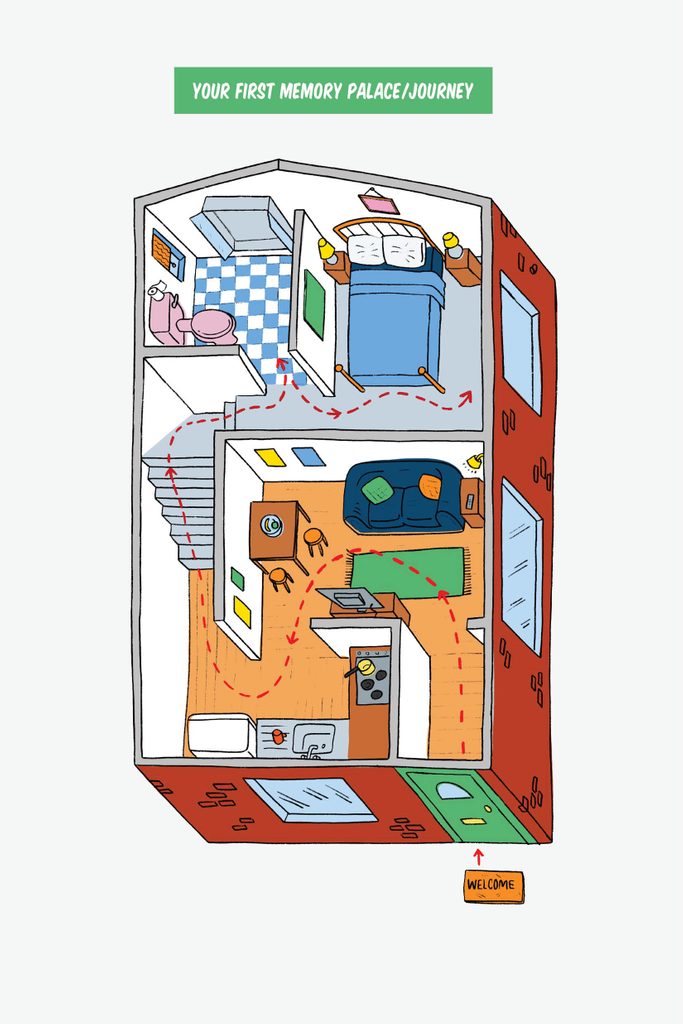
The Journey Method
“This technique has been around since the Ancient Greeks!” Dellis says. It’s a way of connecting the items you want to remember in a specific order by linking them mentally with places that you know. For example, Dellis often uses a room, office, or local park. If you want to remember the names of all the presidents in order or the tallest mountains in the world, you’ll create funny mental images (just like in See—Link—Go) that represent the items to memorize and link them to places in the mental map you’re creating. “Then, when you want to recall the list, think back on that route and the images will be there,” Dellis says. “The route will preserve the order of the list for you. Sounds crazy, but it works.”
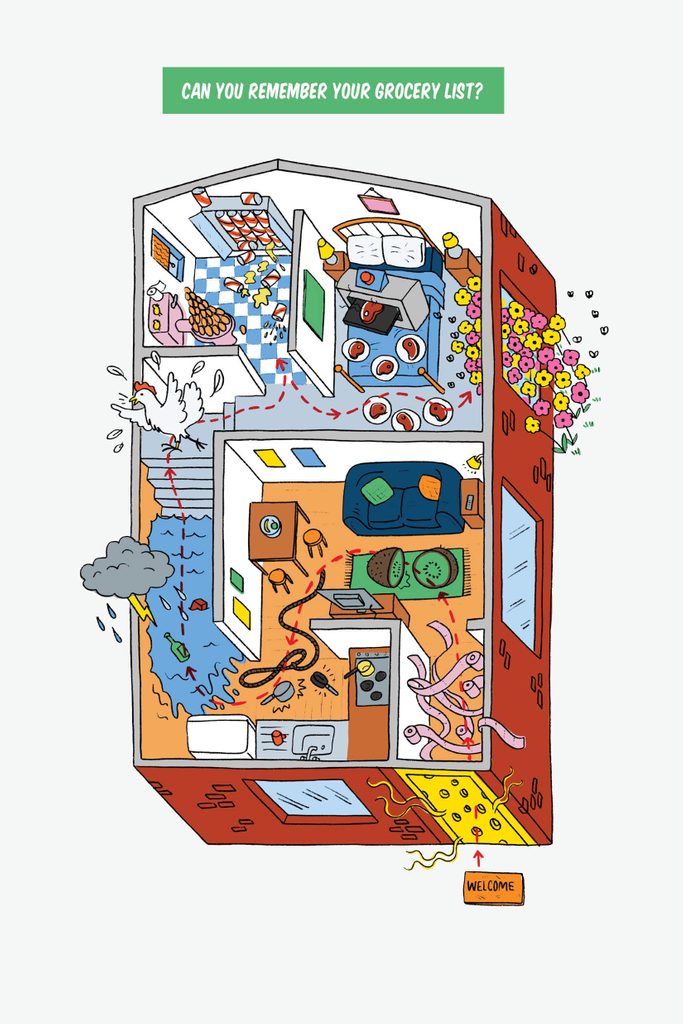
Grocery lists
Dellis’s book explains how to use the Journey Method to memorize a grocery list—here’s the quick version: Picture your front door as a big slab of stinky Swiss cheese; the front entryway is covered in streams of toilet paper; in the living room, a giant kiwi fruit is sitting on the floor, sliced open (yes, taste it!); you move to the hallway, where there’s a raging thunderstorm and you’re ankle-deep in water; you start to go up the stairs and a chicken climbs them next to you, clucking and flapping its wings. And so on, until your whole shopping list has been placed around your house. When you get to the store, you’ll just imagine the journey to know which items to buy.

Phone numbers
Dellis says the best way to memorize numbers is to develop a system that converts them to letter, so you can turn them into words. He goes into detail in his book, but suggests that a quick fix is to come up with an image that relates to the numbers. “For example, let’s say you have the number 711-2316 and it’s your doctor’s number,” he says (adding that when area codes are local you don’t need to memorize them). Dellis continues: “711 reminds me of the 7-11 convenience store, and 23 and 16 remind me of the jersey numbers for Michael Jordan and Joe Montana. So I would imagine seeing a 7-11 with M.J. and Joe playing basketball and football inside the store. To connect it to being my doctor’s number, I would then keep on imagining that they both get extremely injured and then the doctor arrives on the scene. So now 711-2316 is linked to my doctor in a memorable way.”
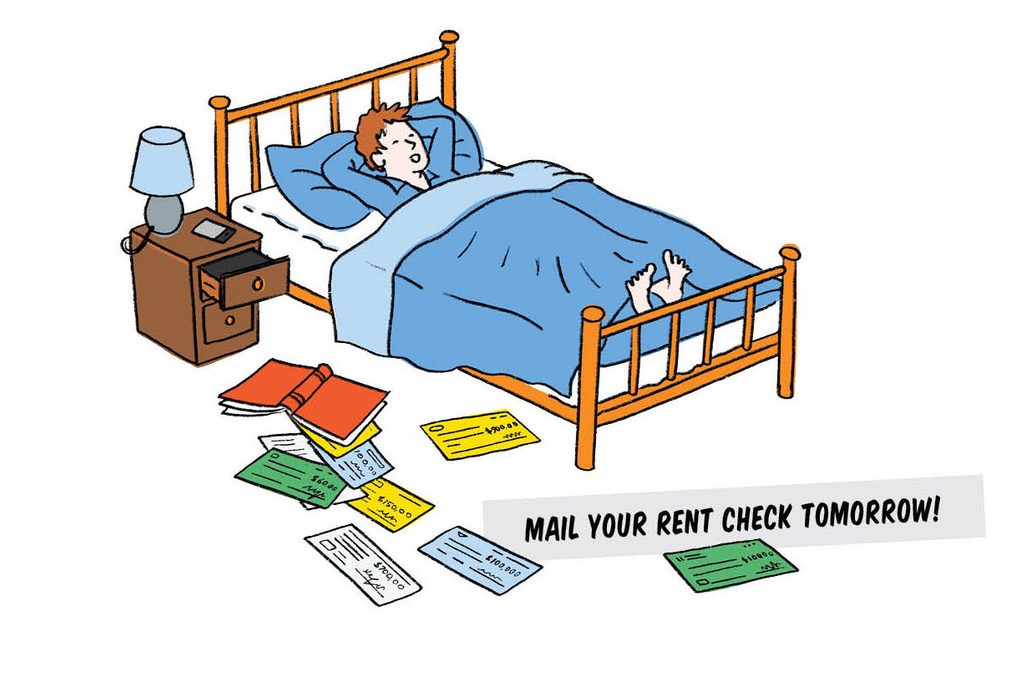
Remember things that pop into your head when you’re lying in bed
Like the rest of us, Dellis sometimes thinks of important things when he’s about to fall asleep and doesn’t want to get out of bed to do them. His method ensures he’ll remember the issue when he wakes up in the morning: Let’s say you realize you need to send your rent check. Dellis suggests grabbing something off your nightstand, such as a book, and tossing it on the ground near the bed where you’ll see it when you wake up. Then you create an extravagant mental image that associates that book with paying your rent—for example, you might imagine opening the book and finding a check inside of it for such a large amount of money that you’ll never have to pay rent again. Imagine the emotion you’d feel, picture yourself holding the check and waving it in the air. Then drift off to sleep comfortable that you’ll definitely remember to pay your rent when you wake up and see that book on the ground.
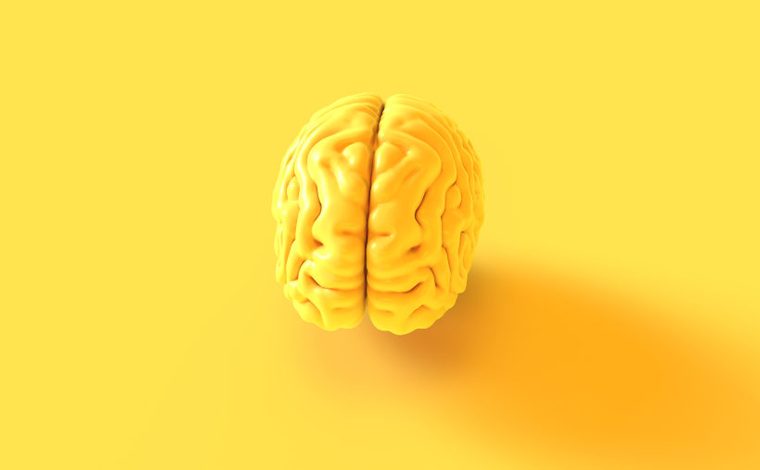
Continuing improvement
Dellis says that when he isn’t specifically using memory techniques, he doesn’t remember everything. “I’m not any better, say, at remembering life events from weeks ago or years ago than I was before I started memory training,” he says. However, because he is so often considering how to make things more memorable, the techniques have worked their way into areas of his life where he isn’t consciously trying to be a memory champion. “And because of that, things are actually more naturally memorable,” he says. “So hey, maybe it actually has helped me remember day-to-day things I’m not trying to actively memorize. But let’s be clear here, I’m not remembering what color briefs I wore 37 days ago.”
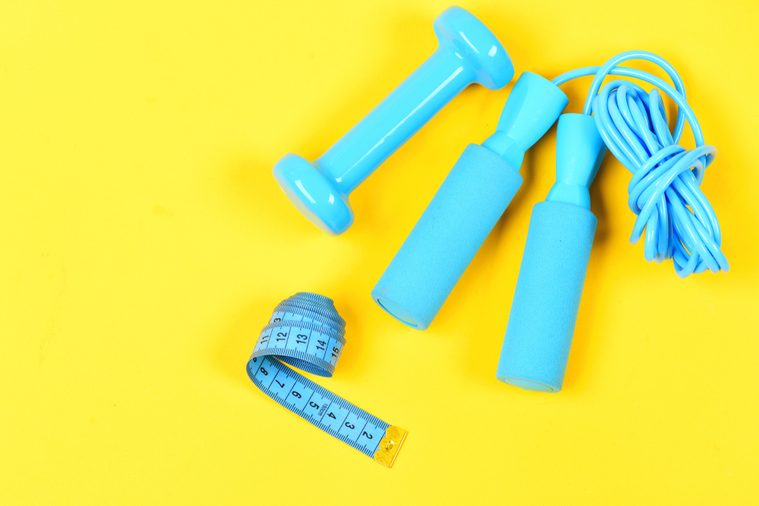
Exercise and eat right
While training and tricks are great for improving the ways we store and access information, Dellis also recommends taking good care of the brain itself, through a healthy diet and lots of physical activity. “The techniques I train will do wonders, but if we’re talking about the longevity of your cognitive functions, diet and fitness are bigger players,” he says. With the caveat that he’s not a nutrition or fitness expert, he explains his recommendations: “From my experience, trying to get some kind of exercise daily is important. I spend an hour or more in the gym every morning when I wake up. As for diet, I always try to include DHA Omega-3 in my diet, which is a fatty acid that helps with cognitive function. I also try to limit sugars and carbs and processed foods, mostly the obvious things that cause inflammation in the brain.” Next, these are the 38 habits your 80-year old brain will thank you for doing today.